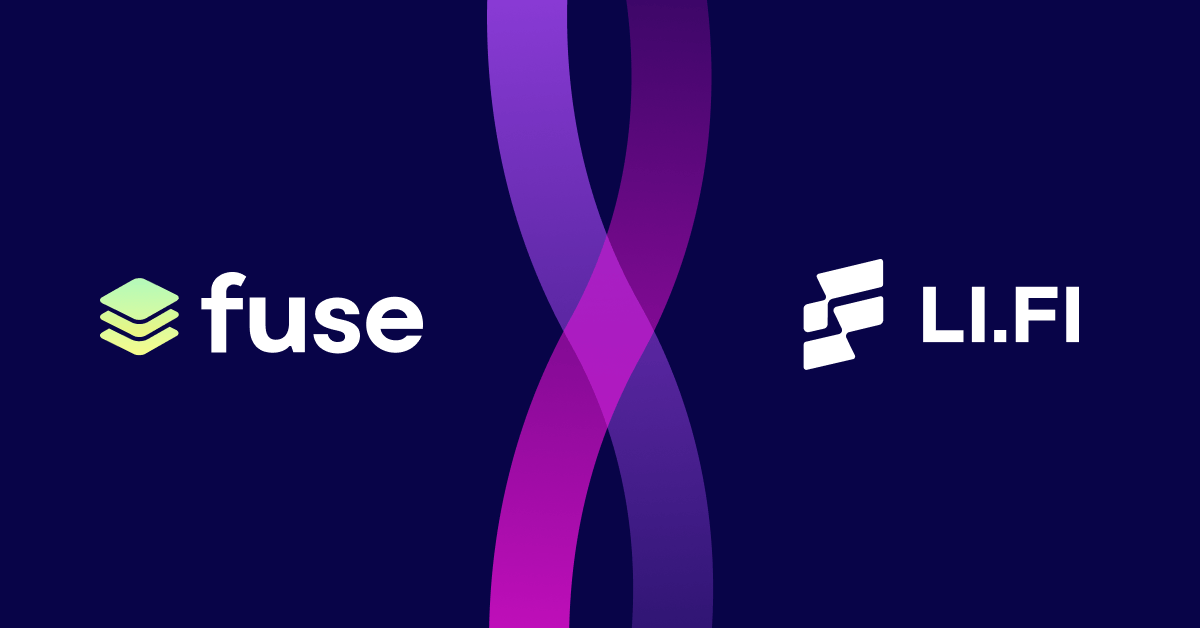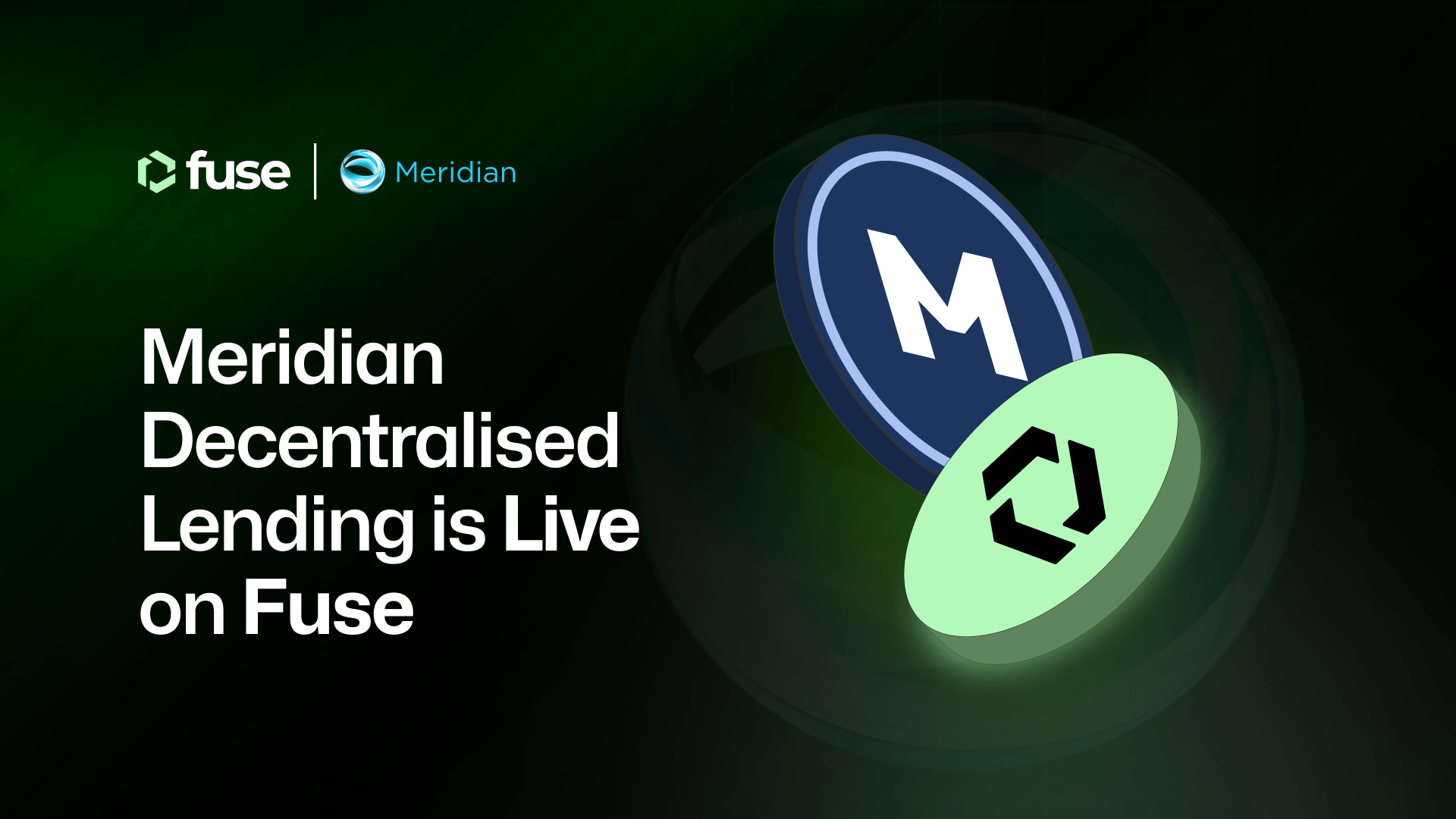Leading bridge and DEX aggregator LI.FI has integrated the Fuse Network blockchain. Users on Fuse can now use LI.FI for on- and cross-chain swaps and bridge transfers across a range of major blockchains and DEX.
With a strong belief that no single blockchain will dominate in the future, integrations that drive interoperability are at the heart of Fuse’s strategy. Fuse is committed to enabling developers to easily deploy DeFi products with cross-chain functionality; that is why we are forging partnerships with the best companies in the industry.
The DeFi industry is growing because users see the need to perform financial operations like lending, borrowing, and staking without a central authority. According to DeFi Llama, the total money locked in various DeFi protocols is around $98 billion and will likely increase in the next few years.
DeFi’s rapid rise is nothing to sneer at, but DeFi developers often forget the main reason for DeFi is to bank the unbanked; for that to happen, developers have to build easy-to-understand DeFi products for remote users who are currently unbacked. Developers should be able to create easy-to-use multichain token swaps. We share in that vision of making DeFi accessible to everyone; that is why we have moved on to partner with one of the best multichain decentralized exchange aggregators, LI.FI.
A Multichain Swapping and Bridging Gateway
LI.FI is an advanced bridge and decentralized exchange (DEX) aggregator that offers users a broad range of asset transfer and swapping options across a range of major chains. LI.FI offers on-chain swaps, cross-chain swaps, and a combination of both.
LI.FI supports multiple chains, including Ethereum, Optimism, Cronos, Binance Smart Chain (BSC), Polygon, Celo and Avalanche. LI.FI also integrates multiple bridges, including Hop, cBridge, Avalanche, and Artitrum. LI.FI smoothly connects to major DEX, including Ox, Sushi, 1inch, ParaSwap, SuchiSwap and PancakeSwap.
The major problem facing DeFi developers building cross-chain decentralized applications (dApps) is integrating all the various bridges into them but with LI.FI, you don’t need to learn all the complexities of those bridges. LI.FI maintains all bridge connections for developers and handles feedback and decision-making. LI.FI also connects DEXs directly to enable cheap and fast swapping.
LI.FI’s API/Contract comes with SDK and iFrame solutions, so developers can easily integrate swaps into their applications. A website widget is also available for developers to plug directly into their website, enabling swapping on their website. Finally, the transferto.xyz portal is a general consumer-facing interface allowing anyone to bridge or swap assets via LI.FI.
How Fuse integrates Li.Fi
LI.FI has now extended full support to the Fuse Network blockchain. Fuse users will be able to transfer or swap tokens across all LI.FI-supported chains. LI.FI will route transactions through multiple DEX and bridges, offering users a choice among paths that are the most efficient and cost-effective.
Moreover, projects building on or integrated with Fuse can now use LI.FI’s SDK to integrate cross-chain transfer and swapping functionality directly into their dApps. Examples of Fuse-supporting projects that have already plugged in LI.FI’s SDK are bridge and DEX aggregator Rubic and the AlphaWallet mobile app.
Commenting on the integration between Fuse and LI.FI, LI.FI CEO Philip Zetner said, “Fuse is tackling one of the most important challenges for DeFi, which is interoperability. We admire the efforts of the Fuse team to become the global financial backend. It is an absolute no-brainer for our multichain platform to support movements in and out of the Fuse network.”
Those who would like to learn more about the inner workings of the LI.FI protocol and what the collaboration with LI.FI means for the Fuse ecosystem are invited to check out the AMA session with Philip Zetner on our YouTube channel.


